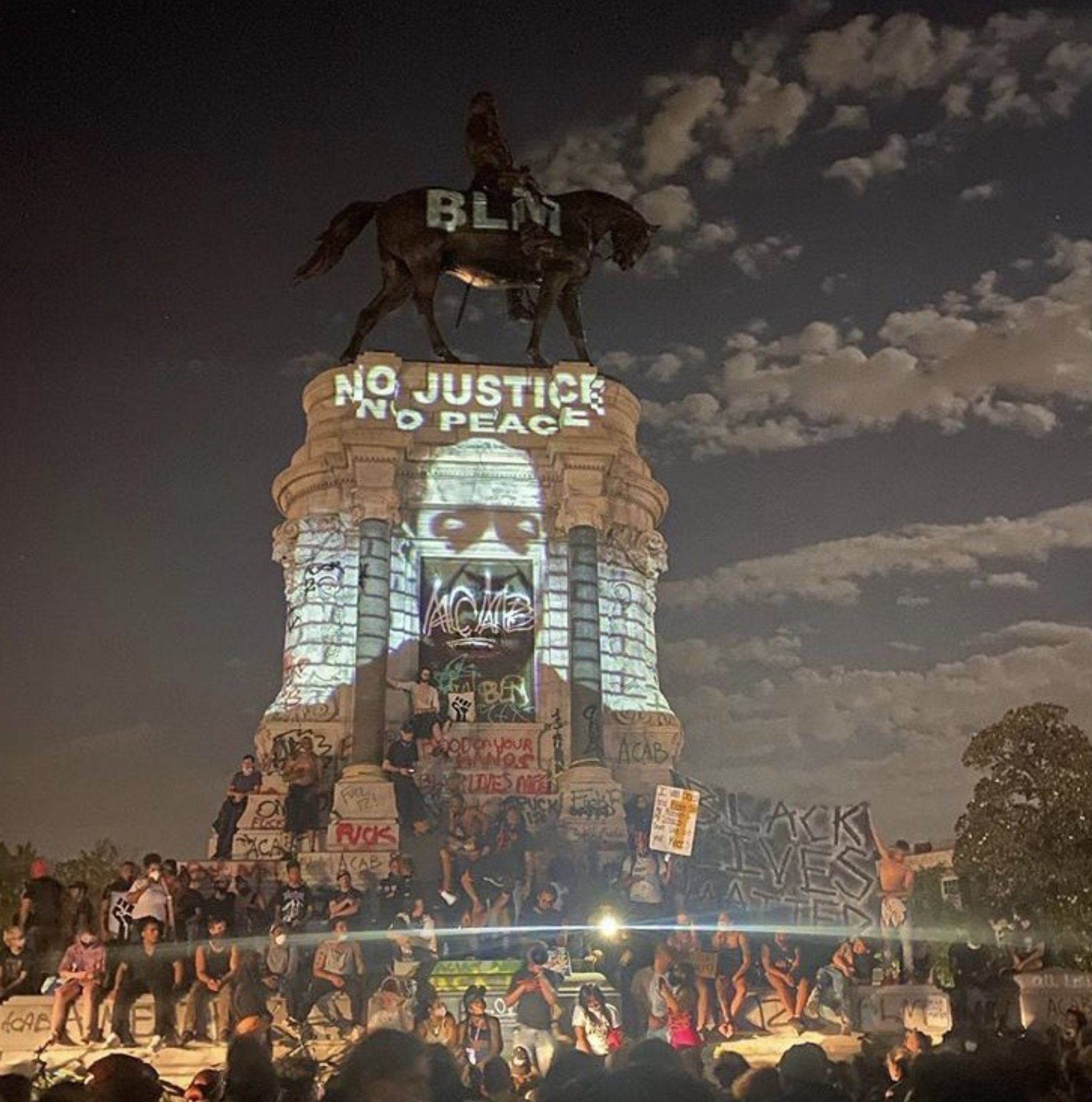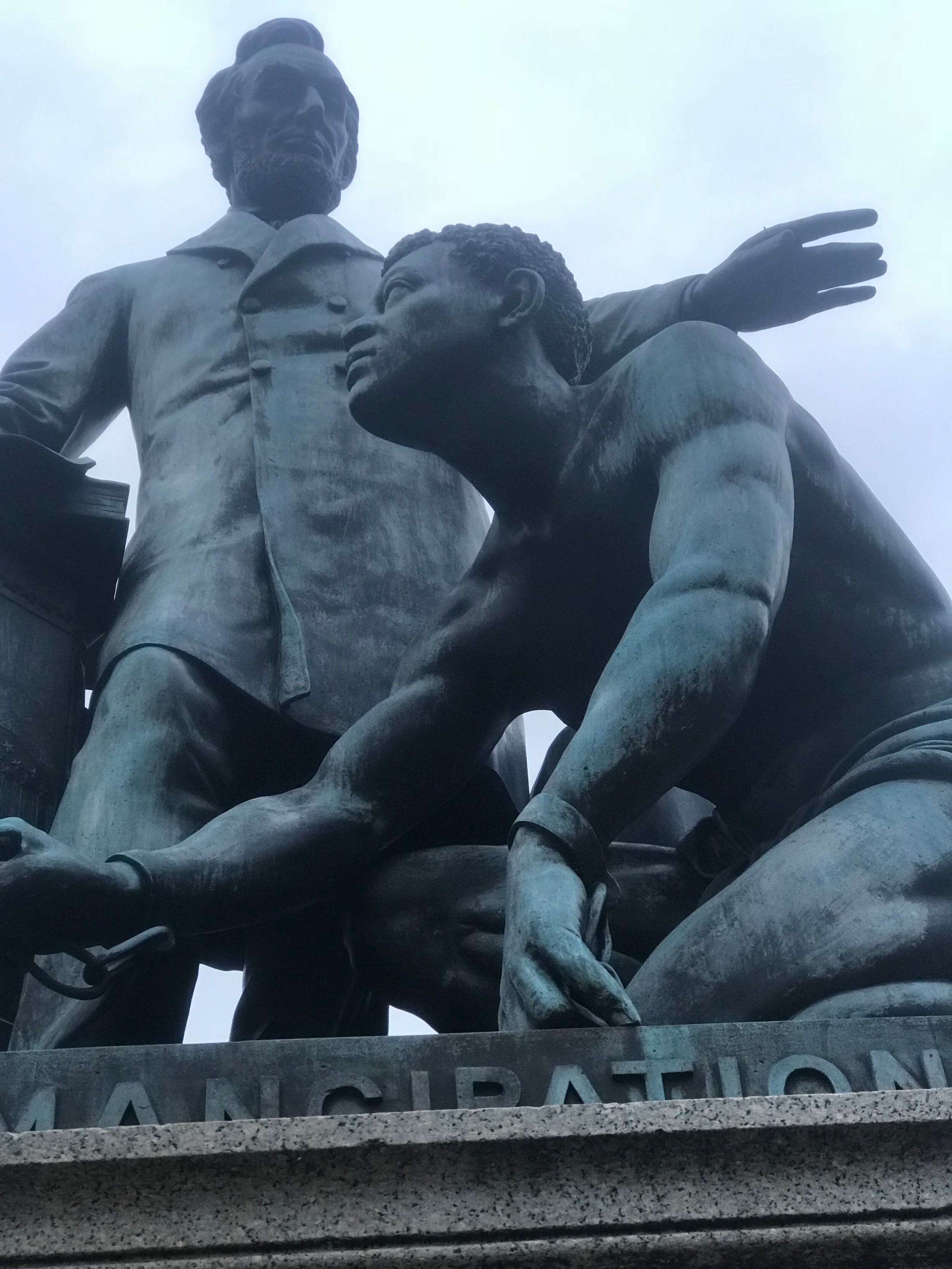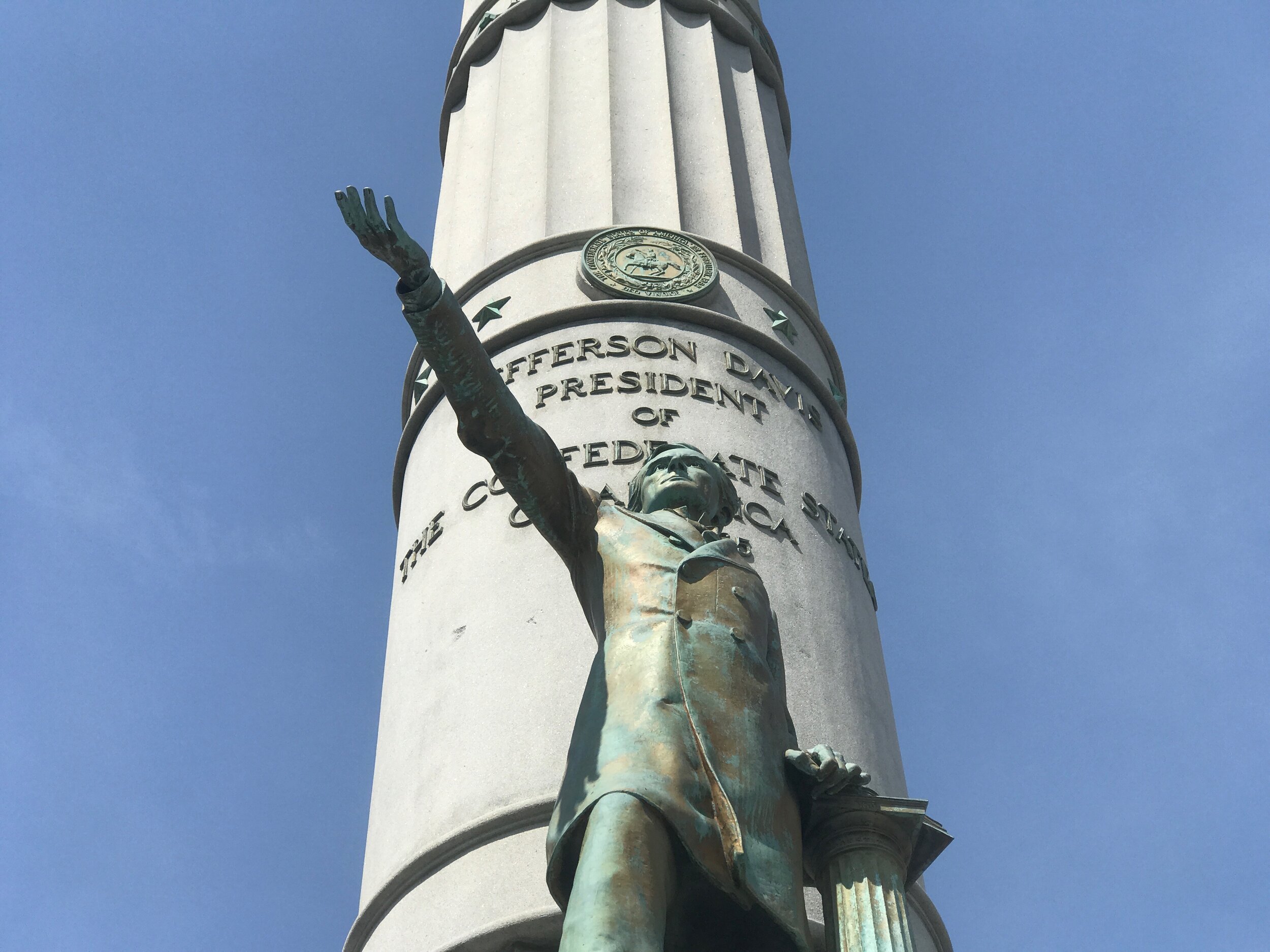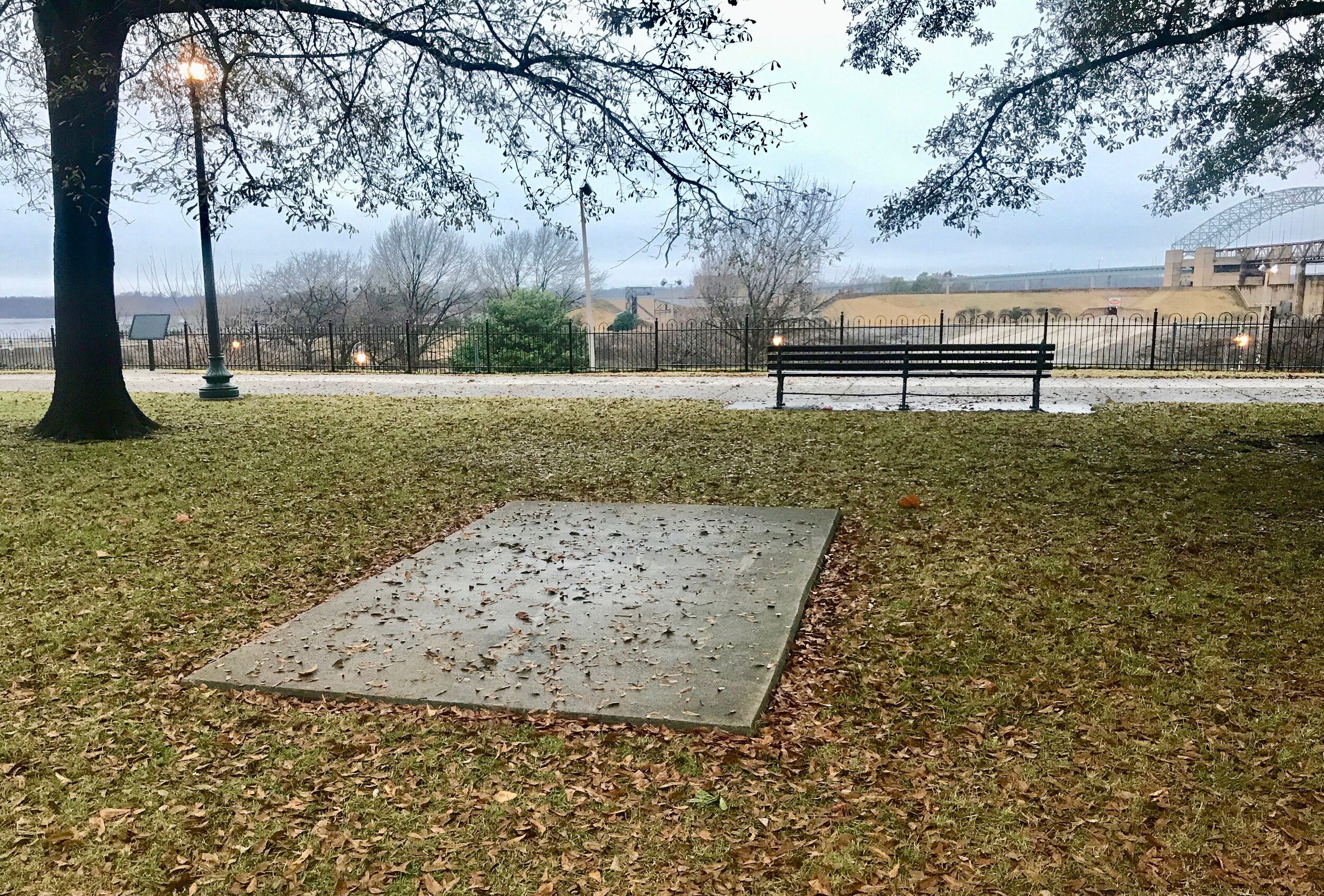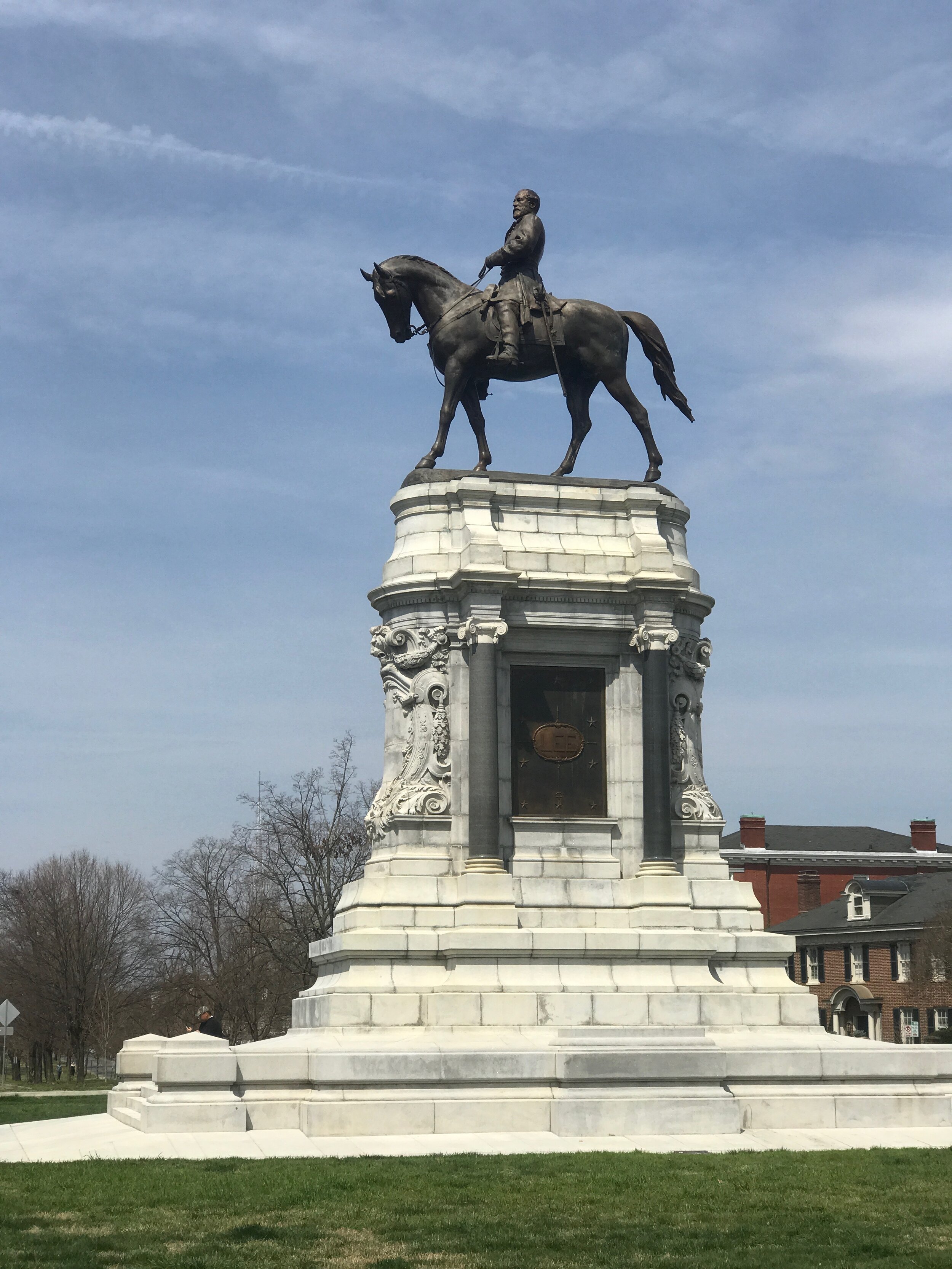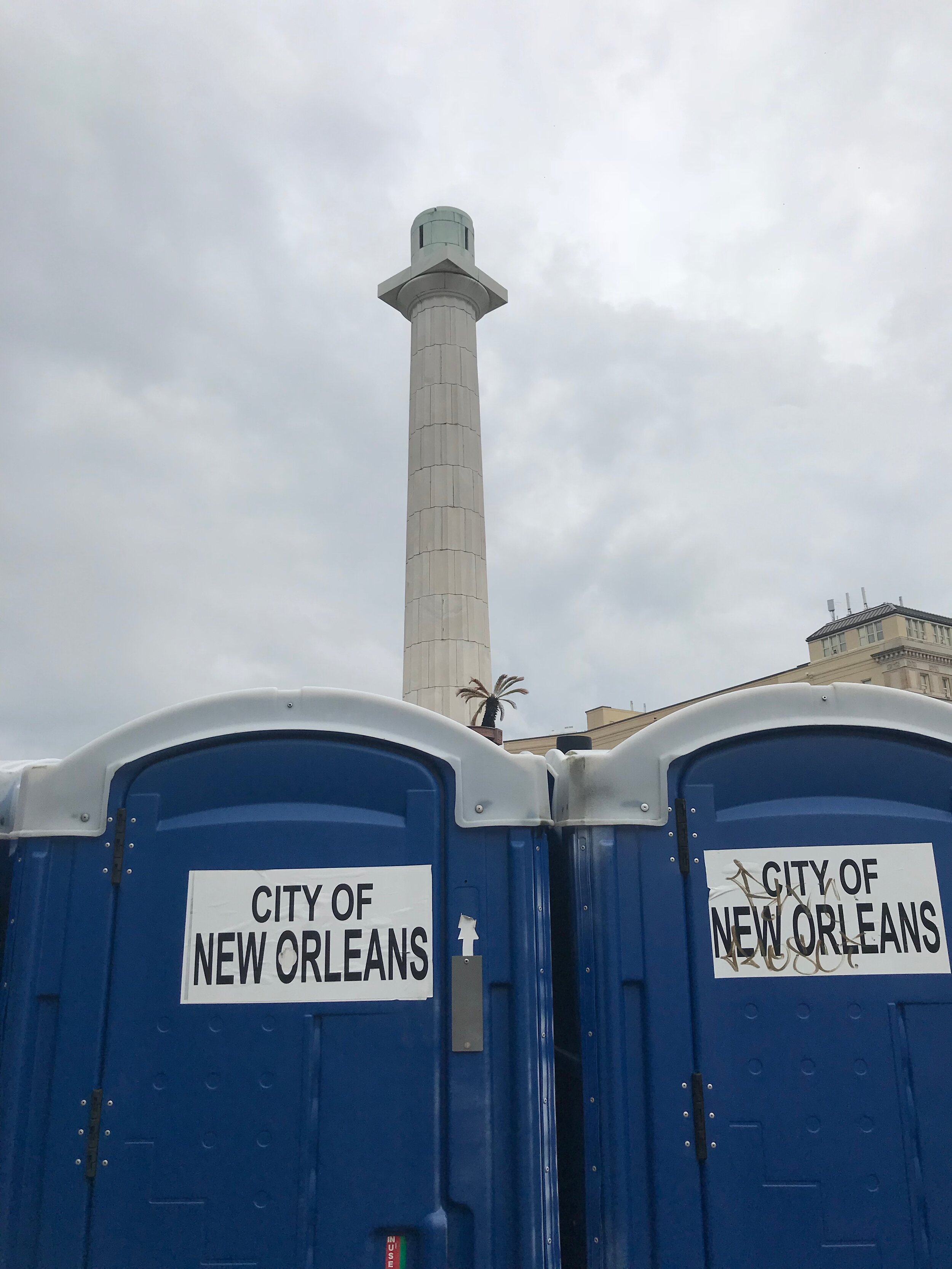History in the Remaking
By Rick Holmes
June 26, 2020
America’s reckoning with historic memory has taken some strange turns in this season of disease and discontent. Monuments long ignored are falling every day, mostly for good reasons, though some of it has been messy
Confederates are in retreat across the map. Statues of Confederate leaders are being dismantled, mostly on the orders of local officials whose constituents no longer want to celebrate the champions of a white supremacist rebellion. Portraits of four former House speakers who served the Confederacy were just exiled from the U.S. Capitol. ouse speakersThe Confederate battle flag has been banned from NASCAR events and Walmart stores in Mississippi are refusing to fly the state flag because it includes the Confederate stars-and-bars.
The Confederates’ ideological soulmates are joining them in exile. The Lost Cause historians have been sent packing. It’s a new day, especially in the South.
Confederates aren’t the only ones taking a beating. Columbus was decapitated in Boston and will be dismantled in Philadelphia. A statue of Juan de Ornate, a particularly nasty conquistador, is being removed in Albuquerque. Protesters are coming after Andrew Jackson who, to be honest, deserves it.
People are taking a fresh look at statues that have gone unnoticed for decades. They are questioning the individuals the monuments exalt, the events they celebrate, the cultural and historical context in which they were erected, the aesthetics of the statuary. American history teachers and art historians must be thrilled.
For some monuments, the problem isn’t the subject, but the presentation. A statue of Theodore Roosevelt in New York is being moved because TR’s placement on a horse makes the figures walking alongside, a Native American and a Black man, look subservient. The Freedman’s Memorial in Washington, was built with money donated by former slaves, dedicated in 1876 with a speech by Frederick Douglass. It honors Lincoln and celebrates emancipation, but the pose – Lincoln standing over a Black man rising from his knees – while common in Abolitionist imagery, is uncomfortable to some modern eyes.
Evaluating each monument’s history, message and aesthetics can be tricky. Communities that do it right empanel committees, consult with historians, listen to activists and community members, weigh alternatives. Elected officials make the decisions and courts consider legal challenges. The result isn’t just the removal of a statue; it’s a sharpened understanding of the community’s historic record and contemporary values. That’s how democracy is supposed to work, by giving everyone a voice.
Then again, you could skip the boring democratic procedures and use chains to tear the statues down. That’s how a tiny minority of impatient activists – or provocateurs – are expressing themselves.
In Philadelphia, someone defaced the statue of abolitionist Matthias Baldwin. In Madison, Wisc., a breakaway group that first told peaceful protesters to go home toppled a statue of abolitionist Hans Christian Heg, who died fighting for the Union. In San Francisco, where tributes to the Confederacy are hard to find, a mob toppled a bust of U.S. Grant, who defeated the Confederate armies, suppressed the first Ku Klux Klan and got the 15th Amendment, guaranteeing voting rights for all, put into the Constitution.
Who decided U. S. Grant must be toppled from his perch? How representative were they of the communities on whose behalf they choose to act? Where was the discussion of Grant’s life and legacy, of the origin, context and meaning of the statue in Golden Gate Park? Even anarchist collectives give all members a chance to speak before deciding what to order for breakfast or what to blow up. Where was the vote to tear down the statue of a hero in America’s struggle for racial justice?
Regrettable and undemocratic, to be sure. But every party needs a fringe and every movement has a vanguard. We must not let the rhetoric and tactics of extremists distract from what is really happening here. America is coming to grips with its history, with a seriousness we haven’t seen in 50 years.
This focus on America’s history of racism, violence and injustice is a sign that the movement we’re seeing is deeper than calls for police reform. The breadth of the protests, seen in every state, in small towns as well as big cities, points to a turning of the tide. The diversity of the people who have taken to the streets – “Black Lives Matter” being shouted by Americans of every race, every age, every background – and polls showing they are supported by a strong majority of voters, make this a historic moment.
The Rev. William J. Barber, a grassroots leader based in North Carolina, calls it “the third reconstruction.” Like the first two reconstructions, the Civil War era and the Civil Rights era, this is a fusion movement, powered by people of all races and backgrounds building a more righteous future together. “If we are willing to see ourselves as we are and have been,” Barber writes, “we will also see our potential for prophetic resistance, even in times like these.”
In Richmond, the capital of the Confederacy, people have for years called for a huge statue of Robert E. Lee to be taken down. City officials supported the change, but the state Legislature blocked them. But in the last few years Democrats have taken over the governor’s office and the Legislature, which enacted a new law giving municipalities authority over such decisions. This week the Confederates on Monument Avenue began coming down.
But something interesting has happened on Lee Circle while Virginians wait for the courts to make way for deconstruction crews. Over the last six weeks, Lee’s statue has become a gathering spot for Black Lives Matter protesters. Its stone pedestal has become a canvas for graffiti artists. At night, images of African-American heroes are projected on its surfaces. It has become a site for music and dance, conversation and selfies, an ongoing celebration of Black lives.
It’s enough to make ol’ Bobby Lee fall off his horse in amazement, and it’s another sign of history in the remaking.
Rick Holmes can be reached at rick@rickholmes.net. Follow him on Facebook at Holmes & Co. and on Twitter @holmesandco.
